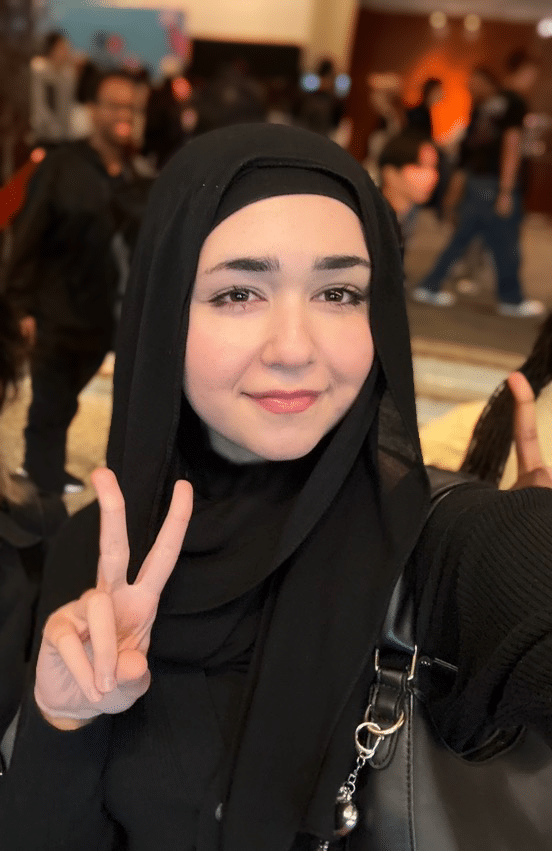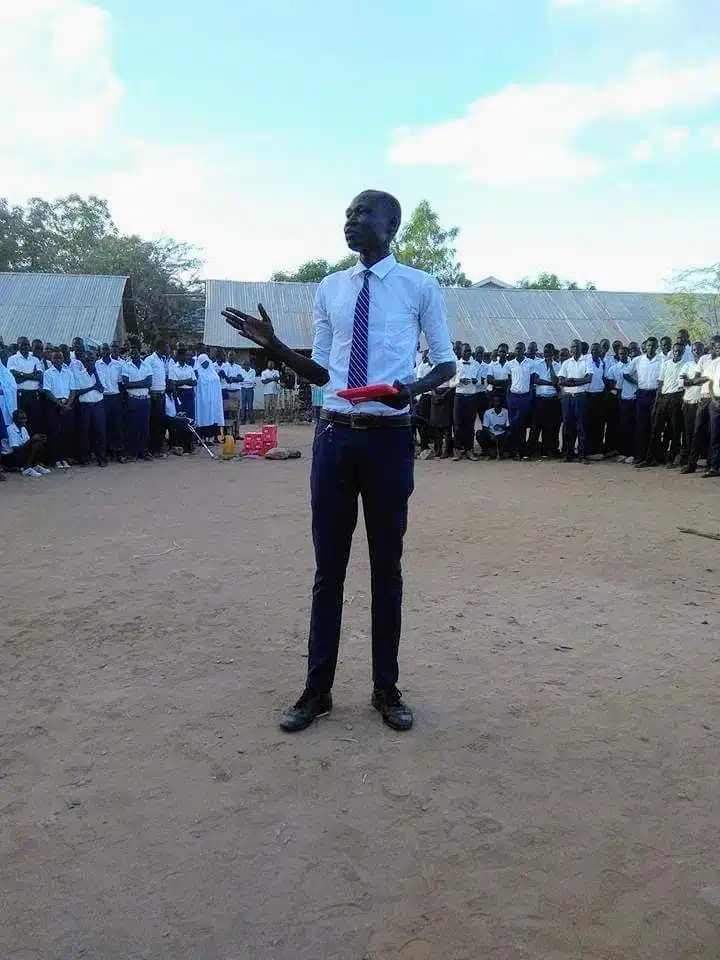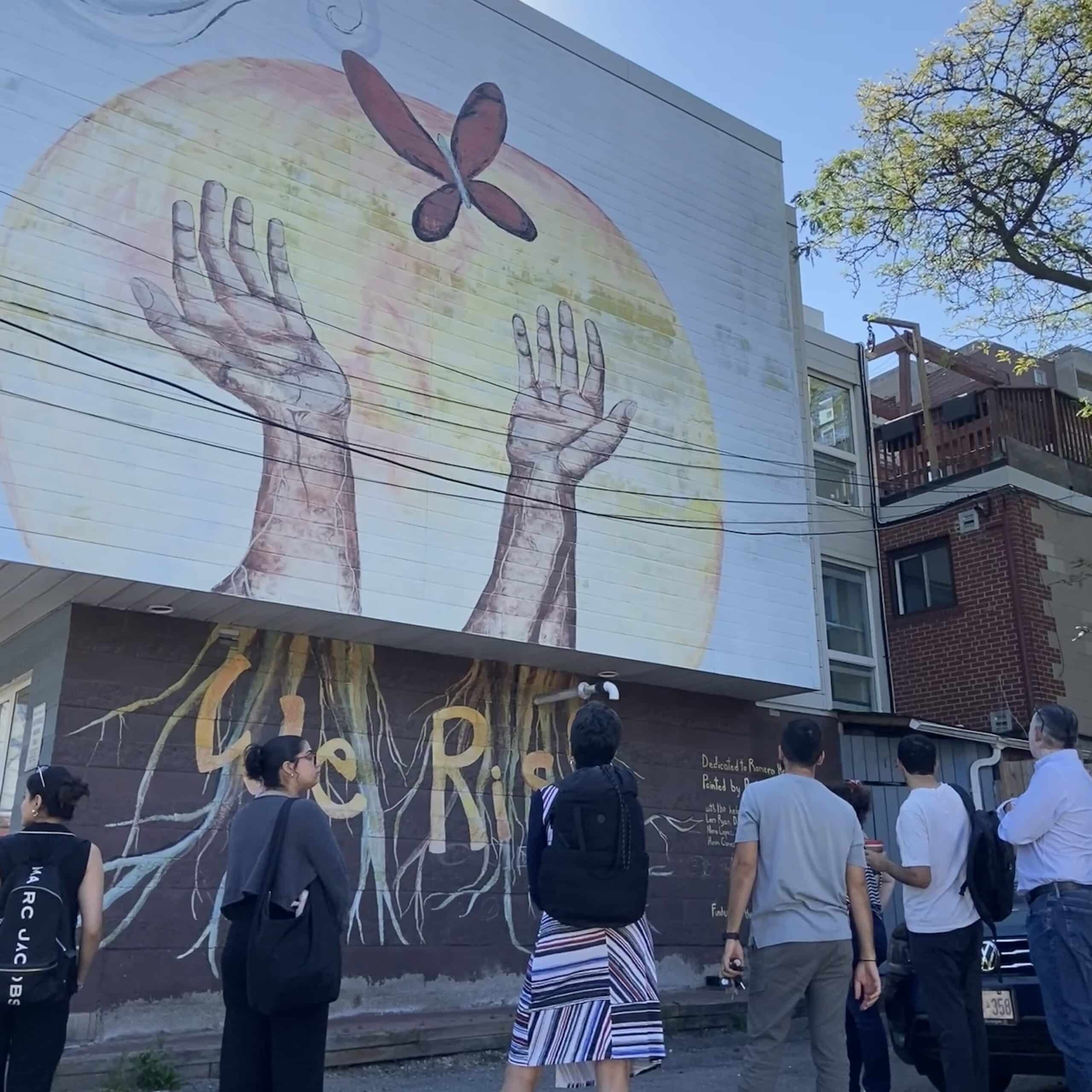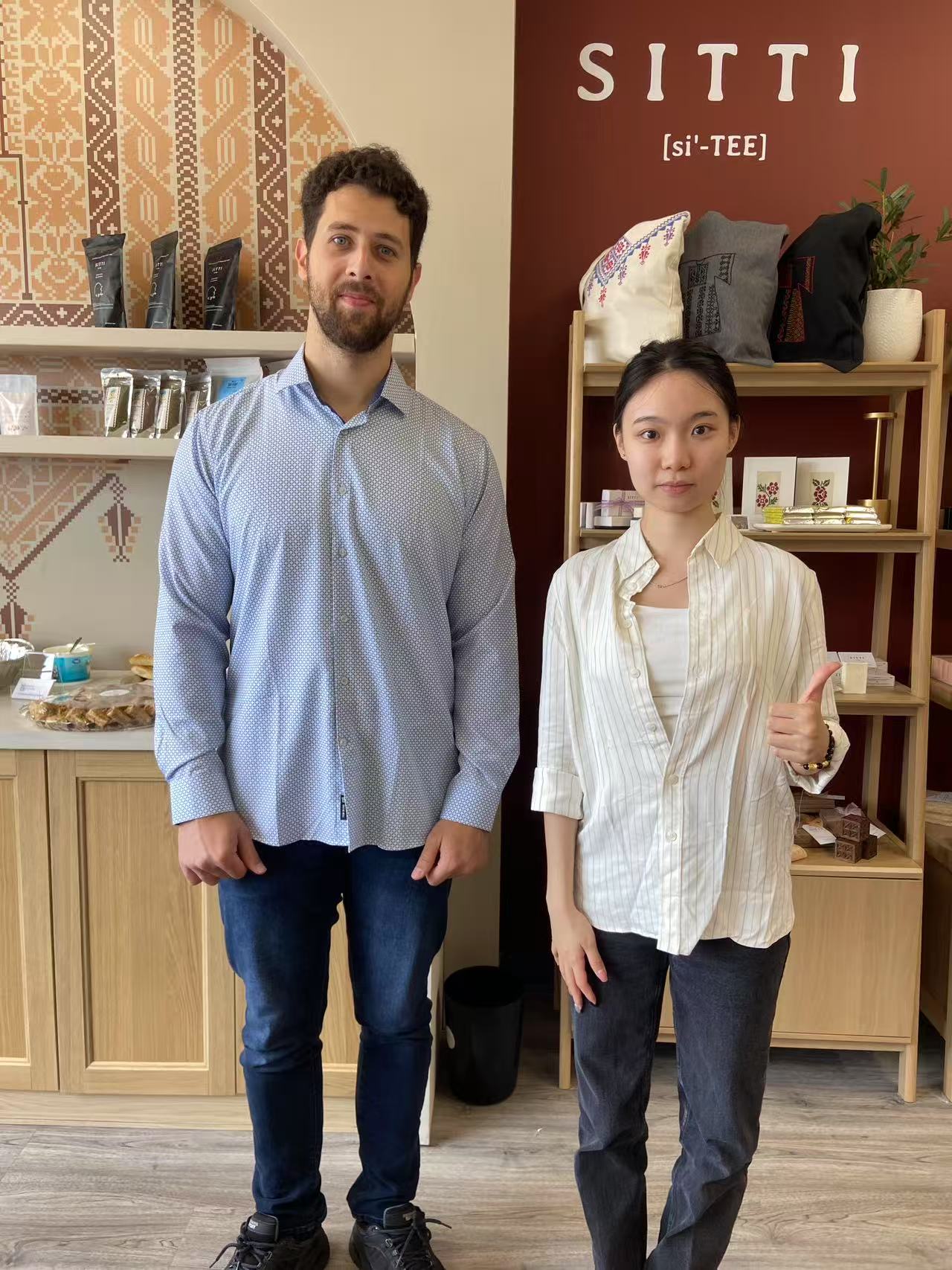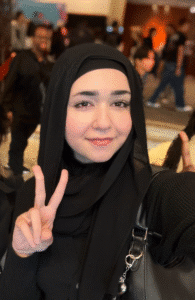Resisting Trauma-Focused Narratives in Refugee and Immigrant Storytelling
Headlines, campaigns, and even everyday discussions emphasize stories of hardship, displacement, and survival. While these experiences are real and deeply significant, defining people only through trauma creates a limited and incomplete picture. Too often, the “authentic” story is expected to be one of pain, as though credibility depends on suffering. But people’s lives do not begin and end with trauma, they contain work, creativity, relationships and aspirations that deserve recognition in equal measure.
The Limits of One-Dimensional Narratives
When trauma dominates the narrative, it becomes the story that audiences expect to hear about. This not only flattens identity, but also risks making refugees and immigrants feel pressured to share painful memories in an effort to be taken seriously. It can feel as though their worth or credibility rests on reliving difficult pasts.
Writer Chimamanda Ngozi Adichie captures the risk well when she says, “The single story creates stereotypes, and the problem with stereotypes is not that they are untrue, but that they are incomplete.” She argues that when refugee and immigrant stories are told only through trauma, this “single story” narrows the way others perceive them and limits how they can represent themselves. Their identities risk being reduced to vulnerability, dependency, or brokenness. Public perception follows suit: communities may welcome newcomers with pity rather than respect, policies may treat people only as aid recipients, and belonging may feel conditional. Identity becomes frozen in crisis, rather than allowed to grow and evolve over time.
Focusing only on trauma can also silence those who wish to tell different kinds of stories. Many people want to share their passions, their everyday lives, or their work, but feel that these experiences that they share will not be valued in the same way as their stories of hardship. Over time, this reinforces a cycle where trauma is seen as the only “worthy” narrative. Even though it does not capture the fullness of life after migration. Refugees and immigrants are too often treated as credible only when they perform their suffering, but constant pressure to share trauma can do more harm than good, confining people to narrow roles rather than allowing them to define themselves. In reality, people’s lives are much more layered.
Recognizing Complexity
Resisting trauma-centered narratives does not mean ignoring hardship. Instead, it means recognizing that trauma is just one part of a much larger picture. Storytelling can also creatively reflect possibility and continuity alongside difficulty. Refugees and immigrants bring forward skills, perspectives, and values that extend beyond what they have endured.
This shift toward complexity also benefits broader society. When refugee and immigrant stories are framed only through trauma, non refugee communities sometimes develop resentment. They may feel as though their own hardships, poverty, unemployment, or systemic inequities are erased or overlooked. The heavy spotlight on refugee trauma can unintentionally suggest that only certain forms of suffering matter. This has led to pushback where non-refugees say, “but we are suffering too,” as if empathy is a scarce resource. By centering more layered narratives, we create opportunities for solidarity instead of competition over whose pain “counts”. Recognizing the many dimensions of refugee and immigrant lives reminds us that suffering is not a context, and that resilience, joy and ambition are universal human experiences.
Canadian-Vietnamese author Kim Thúy models this kind of layered storytelling in her semi-autobiographical novel Ru. While she acknowledges the refugee journey, her writing also weaves memory, sensory detail, and cultural fragments to paint a picture of a life that is not defined by trauma alone. Her work reminds us that embracing complexity leads to richer, truer narratives, ones that honour hardship and the fullness of life that exists beyond it.
Centering such layered stories can also influence policy and community approaches. When policymakers see refugees only as vulnerable, they may design systems that emphasize protection over empowerment. But if stories reflect the full humanity of newcomers, their skills, ambitions and contributions, policies can shift toward inclusion and long term belonging. Communities, too, can create spaces that celebrate creativity and resilience rather than pity.
Even small shifts in how we ask questions can help: “What are your goals now? What do you want others to know about you?” These open the door to present and future-focused narratives, allowing people to define themselves in their own terms.

Works Cited
Adichie, Chimamanda Ngozi. The Danger of a Single Story. TEDGlobal, July 2009. Transcript published on James Clear, https://jamesclear.com/great-speeches/the-danger-of-a-single-story-by-chimamanda-ngozi-adichie. Accessed 17 Aug. 2025.
Chan, Joseph. “Ru Movie Brings Kim Thúy’s Celebrated Novel to the Big Screen.” RepresentASIAN Project, 19 Mar. 2024, https://representasianproject.com/features/ru-movie/. Accessed 17 Aug. 2025.
To read more of Mariam’s articles, please visit
- Navigating the In-Between Rediscovering Culture as a Third-Generation Immigrant
- More Than Job Fillers: The Leadership Potential of Refugees
About the Author
Mariam Alhashemi is a student at Mount Royal University in Calgary, majoring in Public Relations and Communications. She was born and raised in Calgary, Alberta. Her family heritage originates from Iraq. Mariam is currently volunteering with Jumpstart’s communications team.
